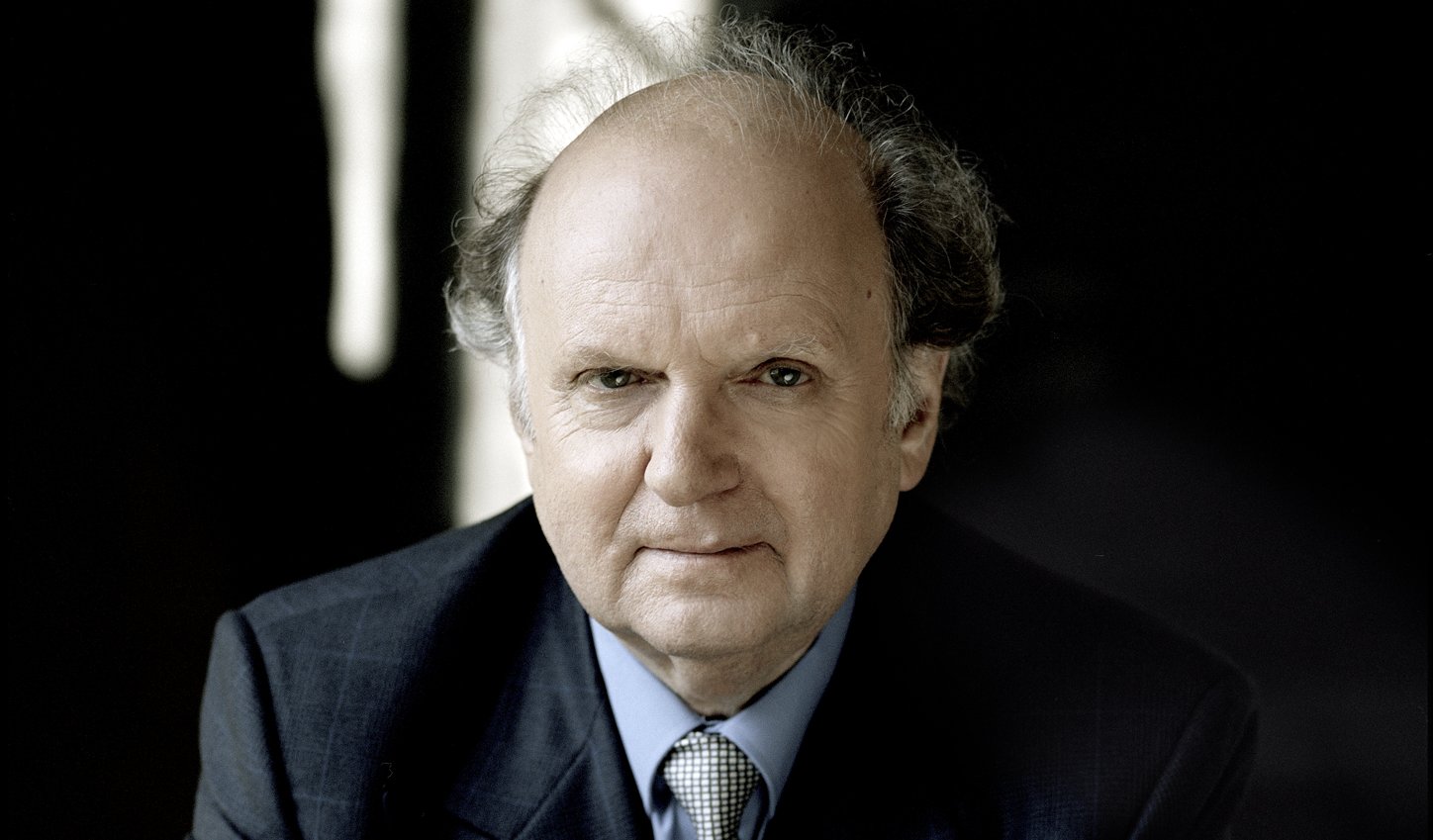
Program
Anton Bruckner (→ bio)
Symphony No. 5 in B-flat major, WAB 105
Featuring
Conductor
Other information
The event is about 1.5 hours long.
About the event
Anton Bruckner’s music is often compared to a Gothic cathedral that listeners can walk around and admire from every corner. Upon entering, they can marvel at the fascinating structure of arches and buttresses or immerse themselves in the world of richly ornamented rose windows, sculptures and carvings. Cathedrals are permanent and unchangeable, but no matter where you stand, you can always explore something new. Bruckner’s Symphony No. 5 is just like that. The monumental composition, which fills an entire concert night, can be analyzed endlessly, but it remains an unforgettable experience for anyone who just sits back and enjoys the flowing music full of surprising twists and turns. Marek Janowski, the Budapest Festival Orchestra’s returning guest conductor, is over 86 years old, but, as a reviewer put it, is still as precise as “a surgeon with a conductor’s baton”.
He was not a child prodigy, and lived for a long time in the shadows of obscurity. His music was underestimated throughout his whole life, and it was only in his old age that he achieved some fame. He was often mocked for his simple clothing, his behavior and strange habits, and yet, he was able to convert his eccentricity into a unique musical world. Bruckner's career is not exactly enviable. However, the most important pieces of his oeuvre, his symphonies, are significant links in the Austro-German symphonic tradition of the late 19th century. His bold treatment of harmonies, complicated counterpoints, sharp and unexpected dissonances, as well as his slowly developing complex forms are combined with traditions like the most conventional four-movement structure or the most typical orchestral set-up.
Bruckner’s middle symphony, the fifth, was composed between 1875 and 1878, and is one of his most intellectual pieces. It was dedicated to the Austrian minister of public instruction, who had arranged for the then struggling composer, who was teaching in Vienna, to be appointed a university professor. Bruckner never heard the symphony played by an orchestra. Perhaps it was for the better, as the conductor of the 1894 premiere, Franz Schalk, made enormous changes to the work, which the composer was not even aware of. Luckily, today the original version is performed all over the world.
This is the only one of the symphonies in which Bruckner starts the opening movement with a slow introduction. The mysterious sounds of the low strings are broken by brass chords, and then comes the main section in sonata form based on three groups of themes. A dynamic unison is answered by a soft pizzicato, and the dialogue between a horn and a flute is followed by a coda summarizing the whole movement.
The Adagio, which was completed first, is probably the symphony’s most popular movement. Almost all of its measures are built on two basic ideas. In the first one, a disheartened, gloomy melody is sung by the solo oboe over plucked triplets from the bass section. A distinctive descending seventh interval emerges within the theme, which will play a crucial role throughout. The second idea is a lush chorale in the strings. The movement fades into silence in a dramatically hushed pppp (pianissississimo).
In the Scherzo, Bruckner evokes the spirit of Upper Austrian folk dances, expanding the main section into an elaborate sonata form, which will be repeated after a rustic trio in the style of a peasant dance. From the three themes of the main section, the first is built upon a sped-up version of the bass line from the slow movement’s opening theme.
The thematic connections between the movements continue in the finale as well. First, we hear the measures of the slow introduction from the opening movement, interrupted by the solo clarinet with an entirely new theme. The orchestra responds with the main theme of the first movement, but the clarinet persistently plays its own melody. In reply, it is given the oboe theme from the Adagio, yet the clarinet takes up the challenge for the third time, pulling the orchestra into a complex fugue. As the music evolves into a double fugue, themes cascade in until, in a framed structure, the very first and last themes of the work come together. Finally, the monumental chorale of the brass section puts an end to the marathon cavalcade of sounds.
Did you know? Bruckner's Symphony No. 5, composed between 1875 and 1878, premiered in Graz on April 8, 1894, with Franz Schalk conducting. The orchestra most recently performed the piece on May 12, 2002, with Iván Fischer conducting.
Contemporary events The Liberal Party, created by the merger of the Deák Party and the Center-Left Party, was established in 1875 and would go on to govern Hungary for 30 years / French painter Claude Monet painted his depiction Argenteuil in 1875 / French composer Georges Bizet’s opera Carmen premiered in Paris on March 3, 1875 / American author Mark Twain's youth novel The Adventures of Tom Sawyer was published in 1876 / János Arany began writing poems for his Őszikék cycle in his “lock book” in 1877 / American inventor Thomas Alva Edison unveiled the phonograph, the first device capable of recording and playing sound, in 1877 / German composer Johannes Brahms composed his Violin Concerto in D major (Op. 77) in 1878